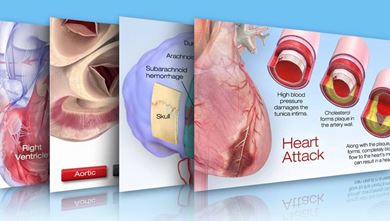Diagnosing a Heart Attack
Quick Facts
- A heart attack occurs when blood flow to the heart muscle is reduced or blocked.
- A heart attack can be caused by a complete or partial blockage.
- Your medical team can use blood tests and imaging tests to see what kind of heart attack you may have had.
The hours following a heart attack can be scary and confusing. Your health care team may be busy and focused and may not have time to explain everything that’s happening in the moment. They will try to identify the type of heart attack you’ve had and determine the best treatment options.
You and your family members may have questions. You may wonder about the tests and procedures that are being performed.
Heart attack types
A heart attack is also called a myocardial infarction, sometimes simply referred to as an “MI.” A heart attack happens when a blockage in one or more coronary arteries reduces or stops blood flow to the heart. This prevents oxygen from reaching part of the heart muscle.
The blood vessel blockage might be complete or partial:
- STEMI: STEMI is a common name for ST-elevation myocardial infarction. It’s caused by a complete blockage in a coronary artery. It is not quickly reversed by nitroglycerin. A STEMI causes increased troponin and creatine kinase levels.
- NSTEMI: A non-ST-elevation myocardial infarction is when an artery is partially blocked and blood flow is greatly reduced. It causes increased troponin levels. Several medications can be used to treat this kind of heart attack.
Heart attack diagnosis
Diagnostic tests and procedures help your medical team determine:
- If a heart attack occurred
- How much your heart was damaged
- What degree of coronary artery disease (CAD) you might have
The tests help the health care team decide which treatment is needed right away. They can also help decide which lifestyle changes will you improve your heart health and prevent future medical events. There are two main ways to diagnose a heart attack: blood tests and imaging tests.
Blood tests check for enzymes that are increased in the body after a heart attack. The most common tests are for troponin and creatine kinase.
Imaging tests take pictures of your heart and surrounding parts of the body. These tests include:







